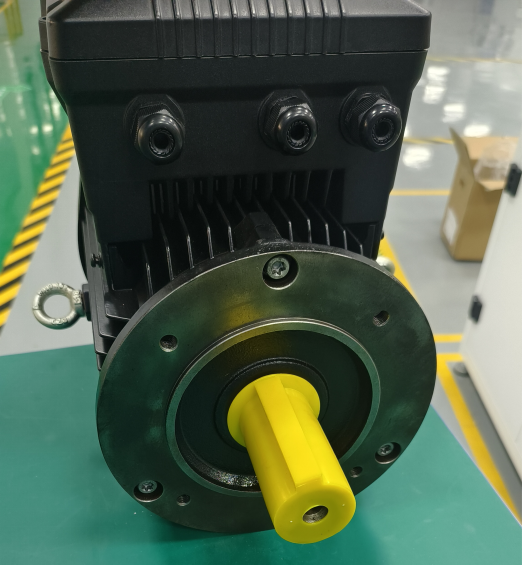Compared with the wound rotor motor, the safety performance of the cast aluminum rotor motor is better, and the theoretical electrical failure rate is half of the wound rotor motor. However, some special working conditions and specific purpose motors are particularly sensitive to some manufacturing process defects, and the electrical failure probability of cast aluminum rotor overheating and cage bar fusing is also very high.
Whether it is high die casting aluminum, low die casting aluminum, or centrifugal casting aluminum process, there are some inherent defects, such as the casting process quality monitoring is relatively difficult, process parameters are difficult to quantify, operators tend to rely on experience to set parameters; Pores, trachoma and other manufacturing defects are very hidden, most of them occur in the interior, the preliminary inspection test can not be found, only in the actual operation of 3 phase electric ac motor, the impact of the defects is exposed.
Especially in some applications with large load variation range and high speed, there are often problems such as aluminum throwing, rotor blade softening and twisting due to overheating, and rotor overheating blue.

During the operation of 3 Phase induction motor for mariner, the rotor itself heats and the thermal radiation of the stator part may lead to the partial or whole overheating of the rotor. When the rotor is all blue, the temperature rise of the motor is generally very high, when the rotor is partially overheated, it is more due to the casting quality of the rotor itself, such as the more typical thin strip, broken bar and other problems, and serious aluminum flow phenomenon will occur because of overheating, that is, the rotor guide bar part is melted from the notch due to high temperature, and associated sweep quality failure.
For most cast aluminum rotors, due to many factors such as casting aluminum process, ventilation and heat dissipation and late balance, the rotor aluminum end ring part with a balance column and wind blade, when the motor rotor temperature is high, the rotor aluminum will have different degrees of fluid deformation, especially the rotor end, unlike the guide bar is restricted by the rotor slot, in the high speed state is likely to have serious distortion. The final state is similar to the wrapping failure of the winding rotor, all the blades are thrown out and friction with the stator winding, causing the whole motor to burn out instantly.
Post time: Aug-29-2024

